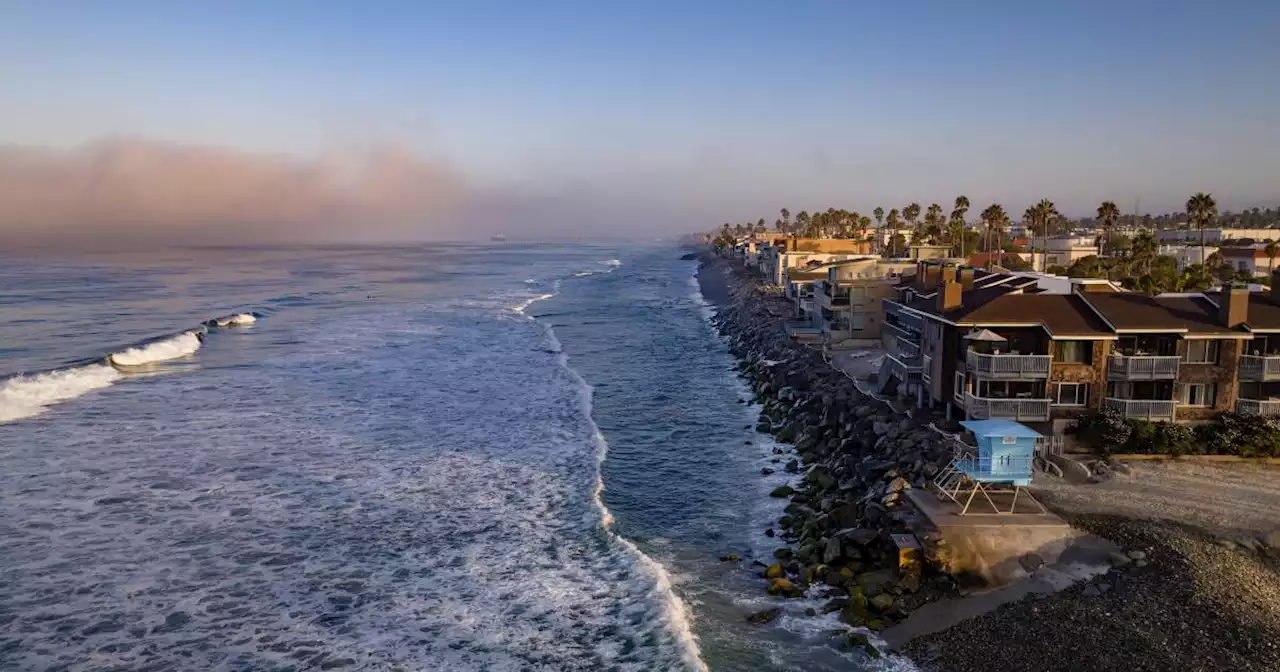Agency's monitoring program records changes from erosion at various coastal locations since 2000
San Diego County’s beaches need costly, sustained replenishment efforts to remain the wide, sandy tourist attractions they have been for so long, a new regional study shows.
“Yet the widest sand beaches in Southern California have been created and are maintained by human activity,” said Flick, who today is an advisory member of the SANDAG working group.People have dumped massive amounts of sand along the coast over the years and built groins, jetties and breakwaters to keep it there.
A second regional effort, completed in 2012, placed 1.4 million cubic yards of sand pumped from offshore deposits on beaches at a cost of $26 million. The state paid for 85 percent of that project, with the local jurisdictions contributing 15 percent.SANDAG recently began studies for a proposed third regional project, which is several years away and could cost close to $40 million.
Northern Carlsbad beaches get sand from the occasional dredging of Agua Hedionda Lagoon, which for years was kept open by San Diego Gas & Electric Co. to provide cooling water for the Encina power plant. Now the operators of the Carlsbad desalination plant dredge the lagoon. The experimental program added 8 acres of dunes covering a base of rock riprap and cobble, and planted with native vegetation for stability. As a result, the beach at Cardiff in southern Encinitas added 4.5 feet in width, and Solana Beach, immediately to the south, added 5 feet.
